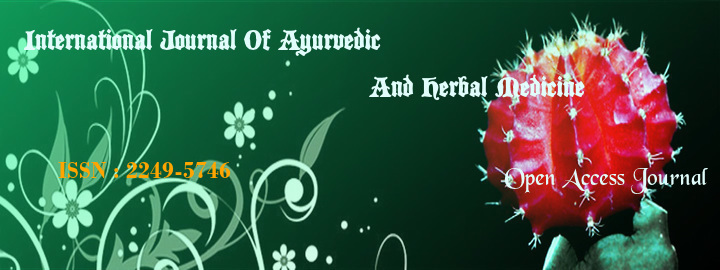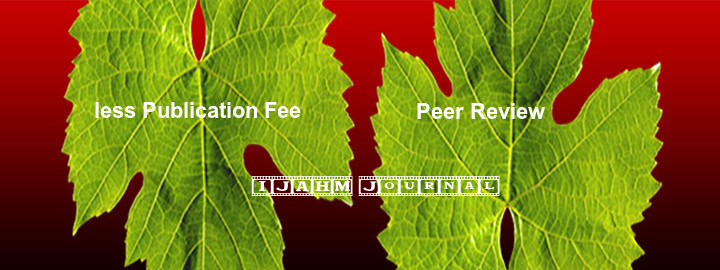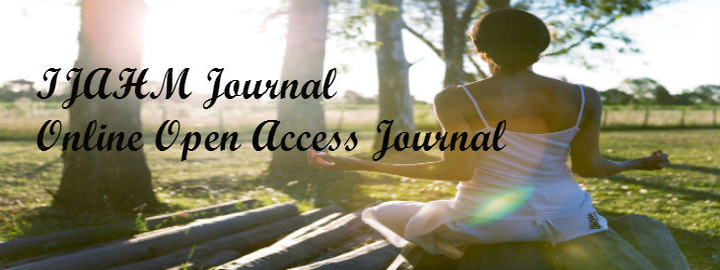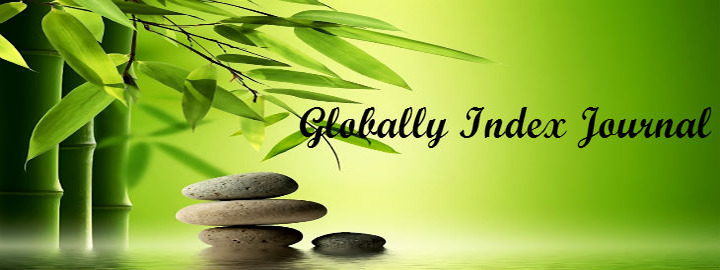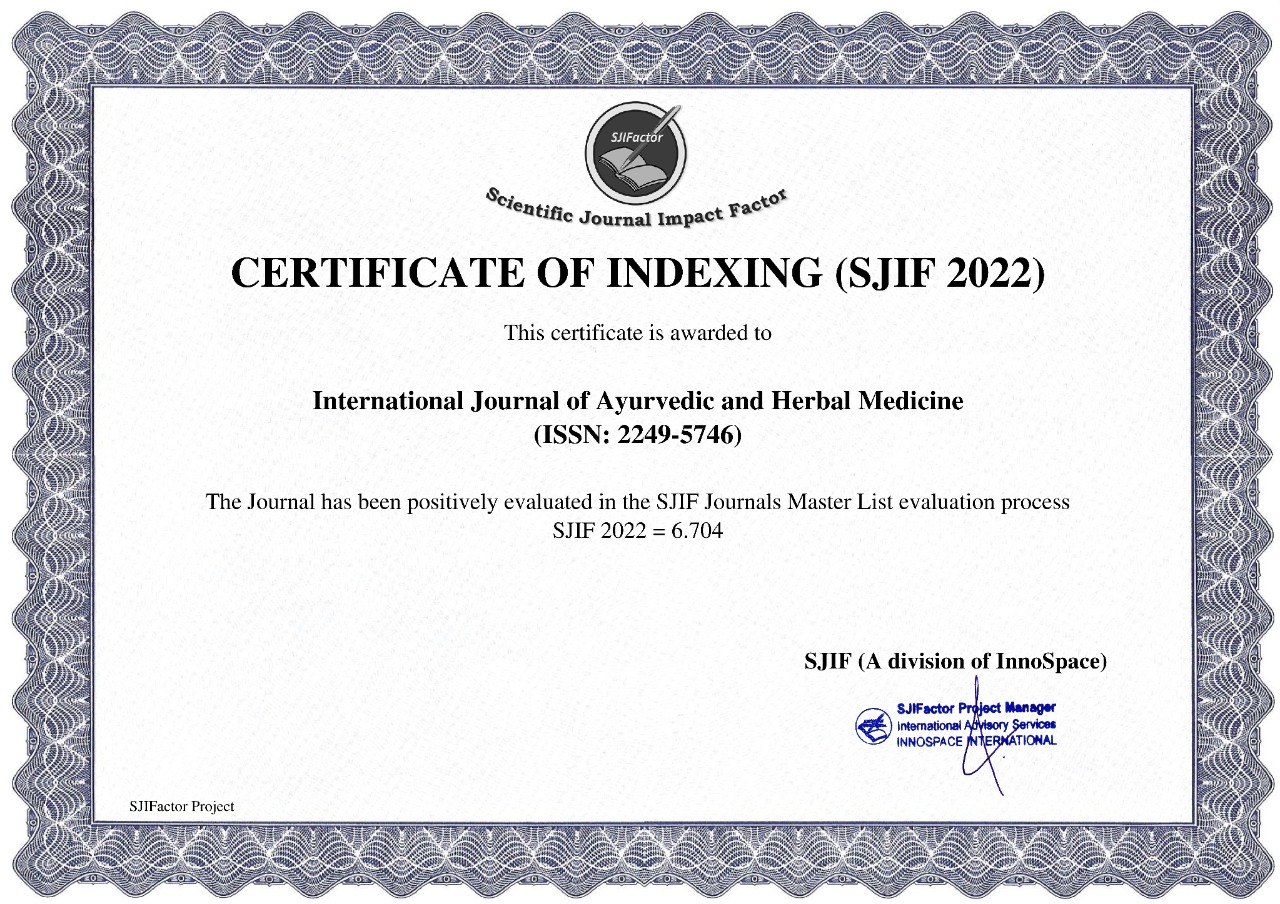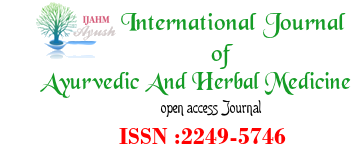


Shashi Prakash Gupta1, Manjusha R.2, C.R. Harisha3, Shukla V.J.4
1.M.S. Scholar, Department of Shalakya Tantra,
2.Professor and Head, Department of Shalakya Tantra,
3.Professor, Department of Pharmacognosy,
4.Professor, Department of Pharmaceutical Chemistry Lab, Institute for Postgraduate Teaching and Research in Ayurveda, Gujarat Ayurved University, Jamnagar, Gujarat, India.
Corresponding author:
Shashi Prakash Gupta
M.S. Scholar, Department of Shalakya Tantra
IPGT & RA, Gujarat Ayurved University, Jamnagar, Gujarat, India.
E.Mail: This email address is being protected from spambots. You need JavaScript enabled to view it.
Abstract
Triphalaadi yoga is a combination of eleven dried herbs i.e. Haritaki, Bibhitaki, Amalaki, Yastimadhu, Gokshura, Guduchi, Haridra, Daruharidra, Shunthi, Tulsi and Punarnava in powder form which is administered as a rasayana therapy in patients of CVS. These eleven drugs chosen for this study is an Anubhoota yoga from the Shalakya Tantra Department of I.P.G.T& R.A, Jamnagar and has the solid backing of previous researches for their most important individual activities. The body is made up of Panchamahabhuta so the plants from which Ayurvedic drugs are extracted. In the present study author try to evaluate how the composition of Panchamahabhuta changes before and after the Bhavna of the drug with the help of the pharmacognostical parameters like acicular crystals of Punarnava which are rarely found after the Bhavna of the drug and and also evaluate the differences in the pharmaceutical profile before and after Bhavna like loss on drying, ash value, acid insoluble ash, water soluble extract, methanol soluble extract, pH and HPTLC.
1. References
1. 1. www.sankarnetralaya.org/patient care-cvc.html
2. Sivbalaji et al: Ayurvedic Approach on Computer Vision Syndrome IAMJ: Volume 1; Issue 3; May – June 2013
3. Madhulika Priya, Critical review on importance of bhavana in rasoushadh , IAMJ., July - August-2014; 2(4).
4. Rege NN, Thatte UM, Dahanukar SA. Adaptogenic properties of six Rasayana herbs used in Ayurvedic medicine. Phytother Res., 1999; 13(4): 275-91.
5. http://dx.doi.org/10.1002/(SICI)1099-1573(199906)13:4<275::AID-PTR510>3.3.CO;2-J.
6. Suresh Kumar Gupta, V. Kalaiselvan, Sushma Srivastava, Shyam S. Agrawal, Rohit Saxena. Evaluation of anticataract potential of Triphala in selenite induced cataract: In vitro and in vivo studies. J Ayurveda Integr Med., 2010; 1(4): 280-286. http://dx.doi.org/10.4103/0975-9476.74425.
7. Megha Saraswat, Palla Suryanarayana and Geereddy Bhanuprakash Reddy. Antiglycating potential of Zingiber officinalis and delay of diabetic cataract in rats. Mol Vis., 2010; 16: 1525-1537.
8. Devasagayam TP, Tilak JC, Boloor KK, Sane KS, Ghaskadbi SS, Lele RD. Free radicals and antioxidants in Human Health: Current status and future prospects. J Assoc Physicians India., 2004; 52: 794-803.
9. Agrawal B, Das S, Pandey A. Boerhaavia diffusa Linn.: A review on its phytochemical and pharmacological profile. Asian J Appl Sci., 2011; 4: 663-84. http://dx.doi.org/10.3923/ajaps.2011.663.684.
10. Saurabh Chhatre, Tanuja Nesari, Gauresh Somani, Divya Kanchan, Sadhana Sathaye. Phytopharmacological overview of Tribulus terrestris. Pharmacogn Rev., 2014; 8(15): 45-51. http://dx.doi.org/10.4103/0973-7847.125530.
11. .Seher Cimen Ozgen, Dikmen Dokmeci, Meryem Akpolat, Cetin Hakan Karadag1, Ozgur Gunduz, Hakan Erbaş et al. The Protective Effect of Curcumin on Ionizing Radiation induced Cataractogenesis in Rats. Balkan Med J., 2012; 29: 358-63. Bharat B. Aggarwal, Sahdeo Prasad, Simone Reuter.
12. Identification of Novel Antiinflammatory Agents from Ayurvedic Medicine for Prevention of Chronic Diseases: "Reverse Pharmacology" and "Bedside to Bench" Approach. Curr Drug Targets., 2011; 12(11): 1595-1653. http://dx.doi.org/10.2174/138945011798109464.
13. Wallis TE. Text book of Pharmacognosy. 5th ed. New Delhi: CBS Publishers & Distributors., 2002; 123- 32: 210-5.
14. Trease GE, Evans WC. Pharmacognosy. 12th ed. Eastbourne, U.K: Bailliere Tindall., 1983; 95-99: 512-47.
15. Anonymous. The Ayurvedic Pharmacopoeia of India. part 2, vol 2, Appendices 1st ed. New Delhi: Govt. of India Publication., 2008; 233-5.
16. Gopinathan G et al. / Detailed Comparative Pharmacognostical Evaluation of Different Combinations Formulation of Triphala
index







